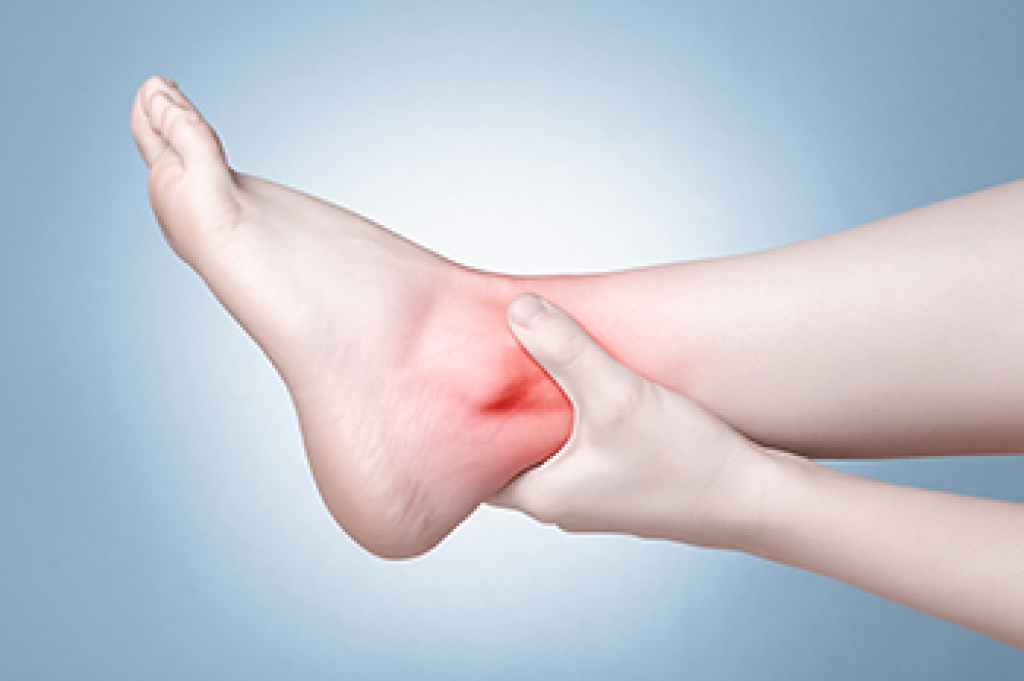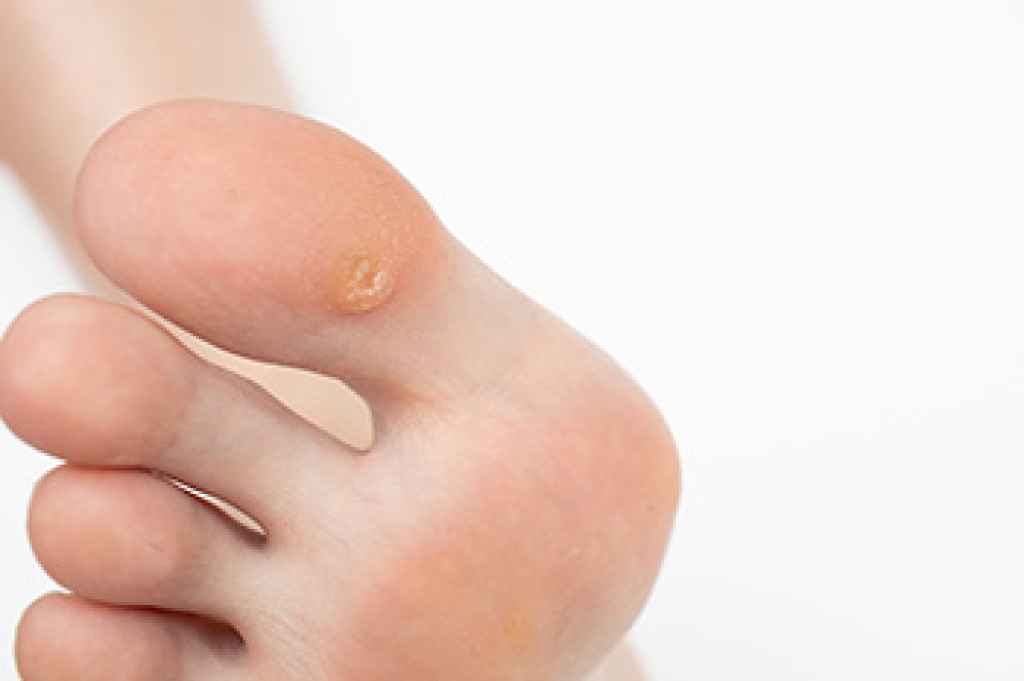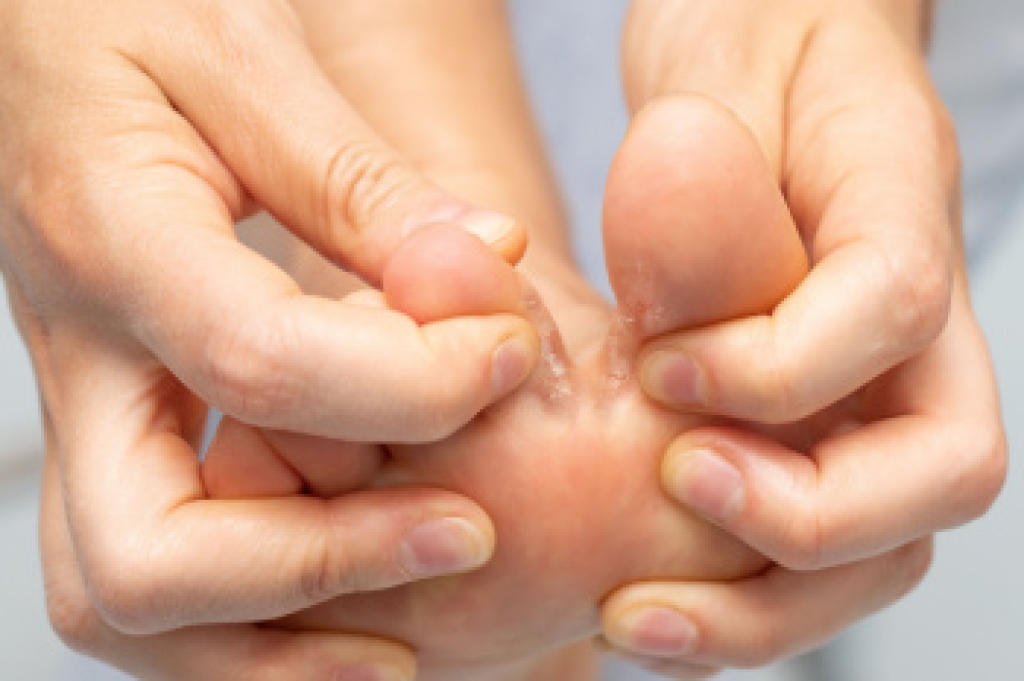
Pain in the ankle tendons often develops from repetitive strain, overuse, or biomechanical imbalances that affect how the foot moves and bears weight. The tendons surrounding the ankle include the posterior tibial, peroneal, and tibialis anterior, each serving a unique role in stabilizing and supporting the foot during walking or running. When these tendons are stressed, inflammation or degeneration can develop, leading to pain and weakness. The posterior tibial tendon, which supports the arch, can cause pain along the inner ankle when strained. Pain on the outer side of the ankle often involves the peroneal tendons, especially in people with high arches or a history of ankle sprains. The tibialis anterior tendon, located at the front of the ankle, can become painful from repetitive lifting of the foot. A podiatrist can evaluate tendon pain through a detailed exam and imaging to determine the best treatment. If you are experiencing ankle pain, it is suggested that you make an appointment with a podiatrist for a diagnosis and treatment options.
Ankle pain can have many different causes and the pain may potentially be serious. If you have ankle pain, consult with one of our podiatrists from Community Foot Specialists. Our doctors will assess your condition and provide you with quality foot and ankle treatment.
Ankle pain is any condition that causes pain in the ankle. Due to the fact that the ankle consists of tendons, muscles, bones, and ligaments, ankle pain can come from a number of different conditions.
Causes
The most common causes of ankle pain include:
- Types of arthritis (rheumatoid, osteoarthritis, and gout)
- Ankle sprains
- Broken ankles
- Achilles tendinitis
- Achilles tendon rupture
- Stress fractures
- Tarsal tunnel syndrome
- Plantar fasciitis
Symptoms
Symptoms of ankle injury vary based upon the condition. Pain may include general pain and discomfort, swelling, aching, redness, bruising, burning or stabbing sensations, and/or loss of sensation.
Diagnosis
Due to the wide variety of potential causes of ankle pain, podiatrists will utilize a number of different methods to properly diagnose ankle pain. This can include asking for personal and family medical histories and of any recent injuries. Further diagnosis may include sensation tests, a physical examination, and potentially x-rays or other imaging tests.
Treatment
Just as the range of causes varies widely, so do treatments. Some more common treatments are rest, ice packs, keeping pressure off the foot, orthotics and braces, medication for inflammation and pain, and surgery.
If you have any questions please feel free to contact our offices located in Beavercreek, Dayton, and Vandalia, OH . We offer the newest diagnostic tools and technology to treat your foot and ankle needs.




